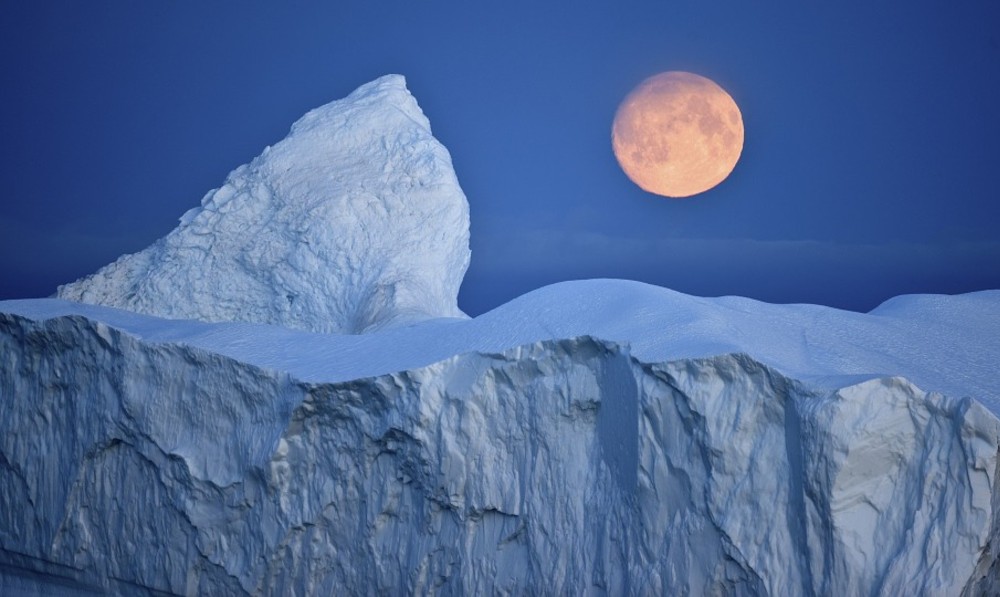Scientists will drill antarctic ice more than half a kilometer and explore it using a robotic submarine. The project will help to understand why all of a sudden the melting of ice in this region is accelerating.
An international group of scientists will drill more than 600 meters deep borehole and lower down a torpedo-shaped robotic submarine to investigate why Thwaites glacier in the Antarctic is melting fast. The submarine will also explore the underside of the ice in order to understand it better.
Thwaites glacier is located west of Antarctic and is estimated to have lost about 540 billion tonnes of ice due to melting since the 1980s. The speed of melting, however, has been increasing in the last few years and may spell doom coastal regions.
David Vaughan, the director of science at the British Antarctic Survey, said,
There are several glaciers in Antarctica that are doing similar things, but this is the one we are most worried about.
Studying the antarctic
The working conditions in this region are severe for scientists with temperatures going as down as -20 degrees. The location which the scientists chose to drill and put the robotic submarine is also one of the most remote areas in the region and is about 1,500km (932 miles) from both the British Antarctic Survey’s Rothera research station and the American McMurdo station.
However, when the project is greenlighted, researchers have said they will use hot water drill to bore a 30cm hole through the ice shelf. The entire process will take about 6 hours since the process takes 1 minute to drill 1.5 meters. Researchers will take shifts to drill and deploy the submarine and the entire process is expected to take 3 to 4 days.
Vaughan said this is pioneering research because no other researchers have ever drilled the ice shelf up to where it starts to float. They are hopeful that this project will help them understand the mechanism causing the increase in the rate of melting of ice in the Antarctic.
The project is expected to run until March 2020 when they will be able to finalize their findings. Vaughn said they are hopeful to come up with conclusive results explaining some of the phenomena being observed in the Antarctic.
Featured image by Pixabay







